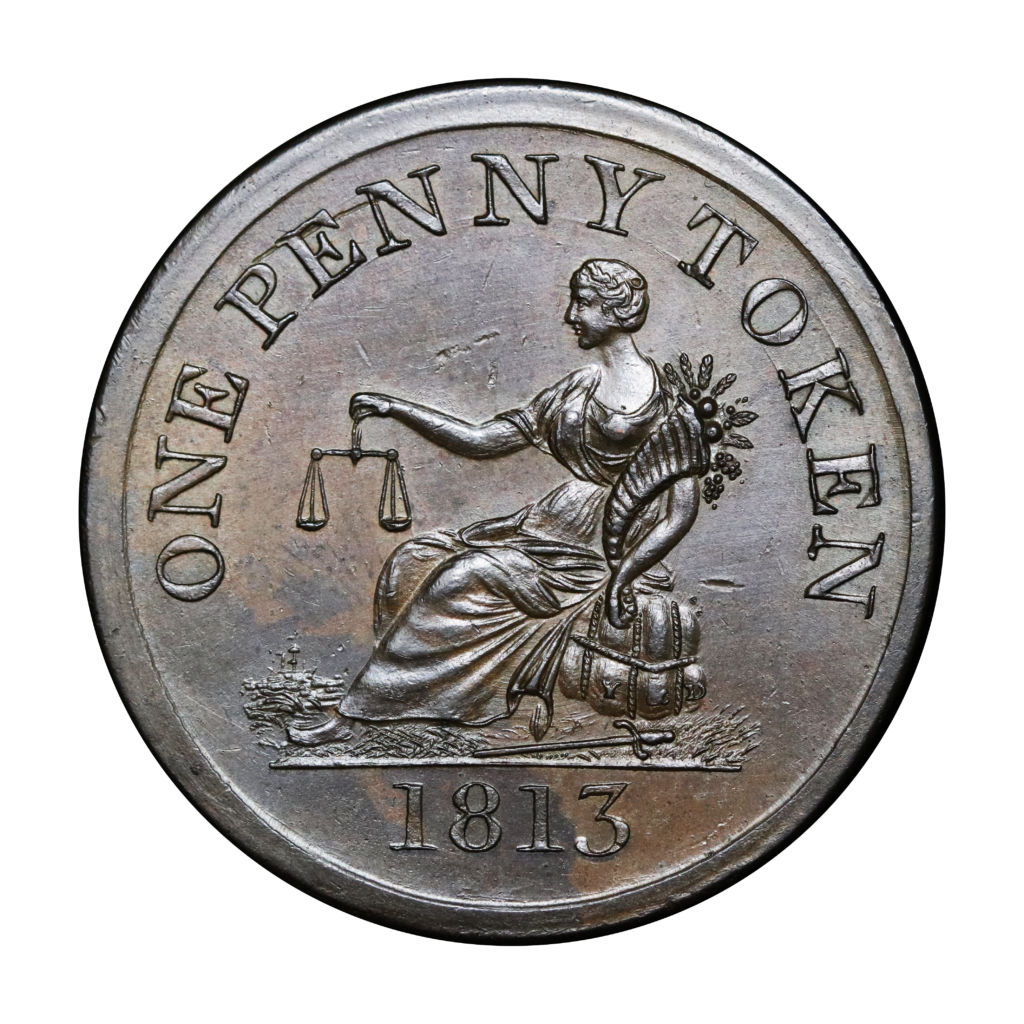

Particularly good examples may still be worth something to a collector, and it can be worth checking on resale platforms to see if your old penny is worth more than you expect. As bullion dealers we are unfortunately unable to purchase these old pennies ourselves, and they were produced in their millions. We're often asked how much old pennies are worth now, and in particular pre-decimal pennies from the 20th century. With rising copper prices, in 1992, it was changed to copper-plate. Measuring 20.3mm and weighing 3.56g, decimal pennies were first minted from bronze. Final proof sets were minted in 1970, before decimalisation in 1971 marked the end of the old penny. Weighing just under 10g and measuring slightly less than 31mm, bronze pennies continued to be minted for general circulation until 1967.
LAST YEAR FOR COPPER PENNIES PLUS
These were minted by James Watt & Co plus The Heaton Mint, both of Birmingham. Consequently, The Royal Mint began to withdraw copper pennies in 1861 and these were replaced by smaller and lighter bronze coins in 1863. This was both confusing and difficult when weighing quantities. In the early 1860s there was a variety of weights and sizes of the penny in circulation, including the 1797 cartwheel. It was not until 1825, in the reign of George IV, that it began to mint copper halfpennies and pennies. Under the Great Recoinage of 1816 this began striking gold and silver coins. In 1811 Bolton supplied The Royal Mint with machinery for a new mint at Tower Hill. These weighed just under 19g, 10g lighter than the cartwheels, but were only 2mm smaller. As a result, many were hoarded or melted down for their metal value and the coin soon went out of circulation.įurther authorisation was granted to Bolton in 1799, resulting in the minting of pennies in 18. The price of copper soon rose to exceed that of the metal in the cartwheel pennies. Today, extremely fine examples of Bolton's pennies could be worth in excess of £300.ġ,250 tonnes of ‘cartwheels’ were struck at the Soho Works between 17, but all were dated 1797 regardless of issue year. This design with subtle variations remained standard for all subsequent pennies until decimalisation in 1971.Ī Cartwheel penny in scale with a 1947 and current penny. The design featured the monarch's head on the obverse and Britannia on the reverse or tails. Because of this they were known as 'cartwheels'. The penny had a 36mm diameter, and the two penny 42mm, making them the largest UK coins ever circulated. They contained copper to the value of one penny at the time, and were therefore very large. To combat this in 1797, Birmingham industrialist, Matthew Bolton was authorised by The Bank of England to strike the first legal tender copper pennies, and two-pence coins.īolton's pennies were minted at his in his Soho Works, located in Birmingham, using revolutionary steam-powered minting technology. Earlier copper halfpennies also exist such as the This shortage led some merchants and mining companies to produce their own copper penny and half-pence token coins. In the later years of the 18th century a great shortage of small value coins, such as silver pennies, began to restrict trade. It is estimated that one could now be worth £500,000. Consequently, all the coins were recalled, but a few survived.

This meant its scrap value was greater than its currency worth.

It was mistakenly made with a gold content that exceeded twenty pence of gold at that time.

Although this was originally created as a pattern coin – which means it is not intended for release into circulation – it is believed seven were issued, making them extraordinarily rare.Īnother extremely valuable penny coin is a gold 20 pence coin, minted in 1257. Working out how much old pennies are worth can be difficult, but the following page will help inform you as to whether your old penny is valuable.Īrguably the most valuable one penny coin is the 1933 George V penny, which is worth an estimated value of £72,000. Despite being such a commonly used coin, there are plenty of unique, old pennies that are worth significantly more money than originally intended. They come in many metals, shapes and sizes, culminating in the current copper-plated penny worth one-hundredth of a pound. Pennies have been part of British history since Anglo-Saxon times.


 0 kommentar(er)
0 kommentar(er)
